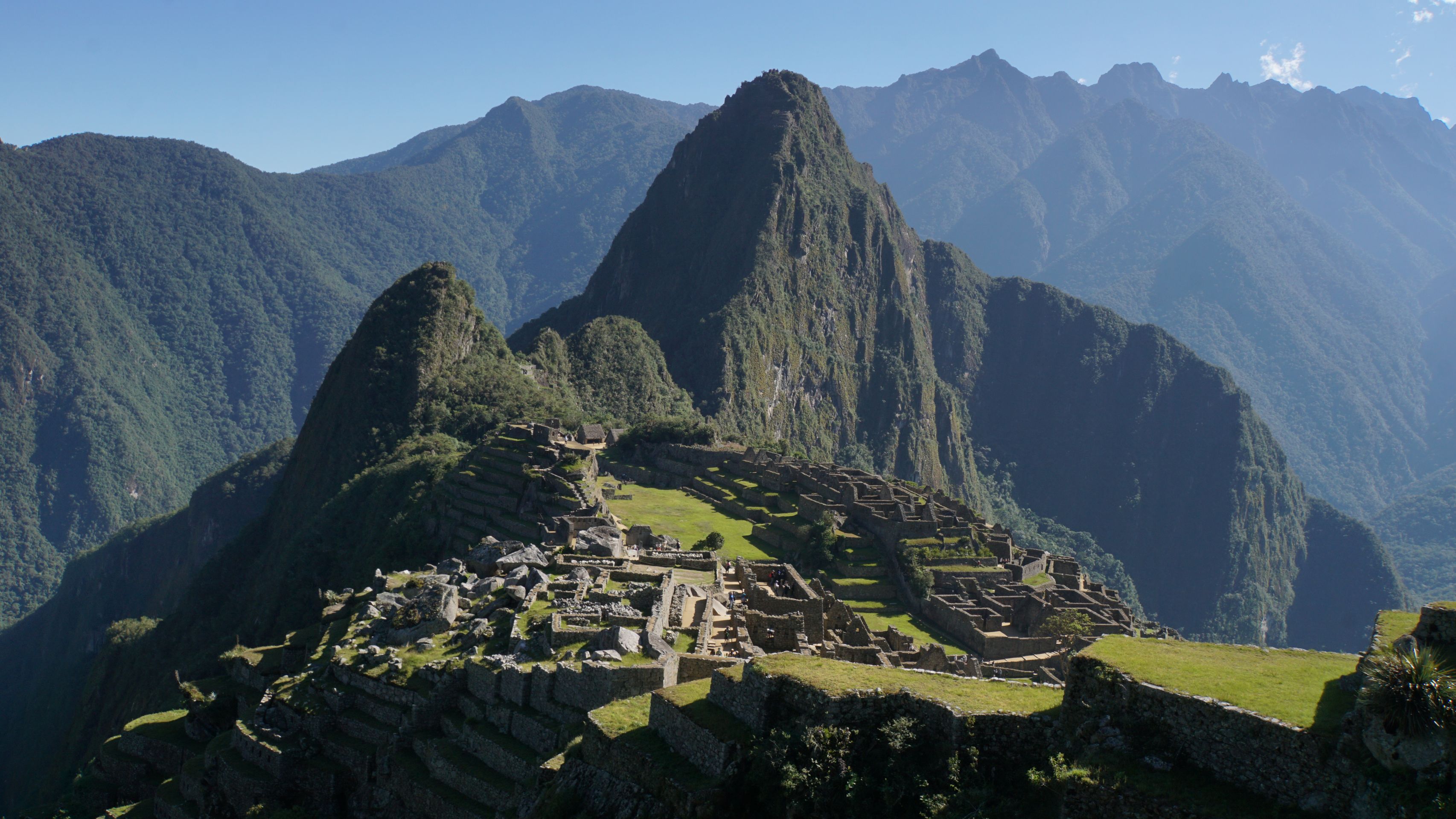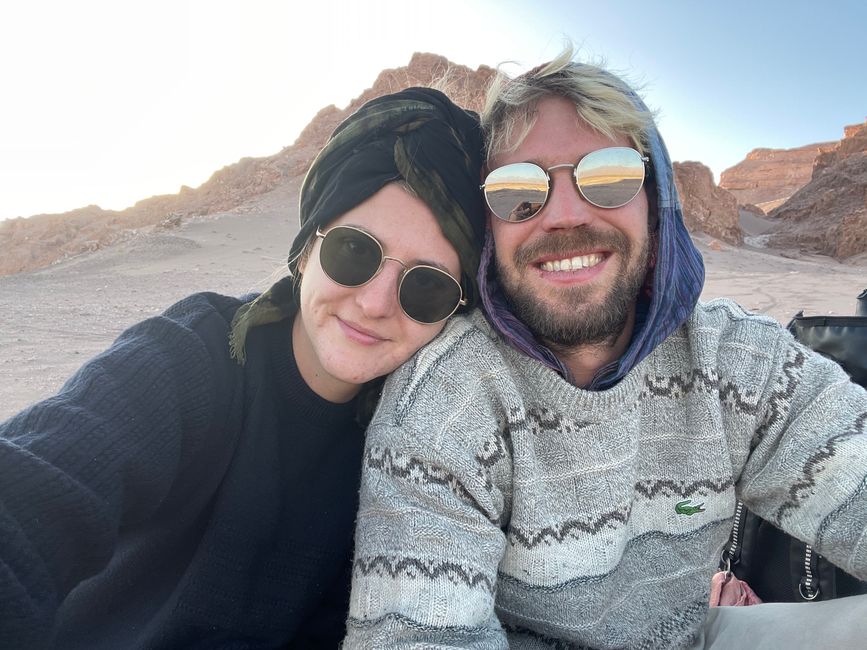
Maria-und-Geralds-Reiseblog
vakantio.de/maria-und-geralds-reiseblog
The Altiplano plateau (Bolivia)
Maxxanfame: 04.09.2023
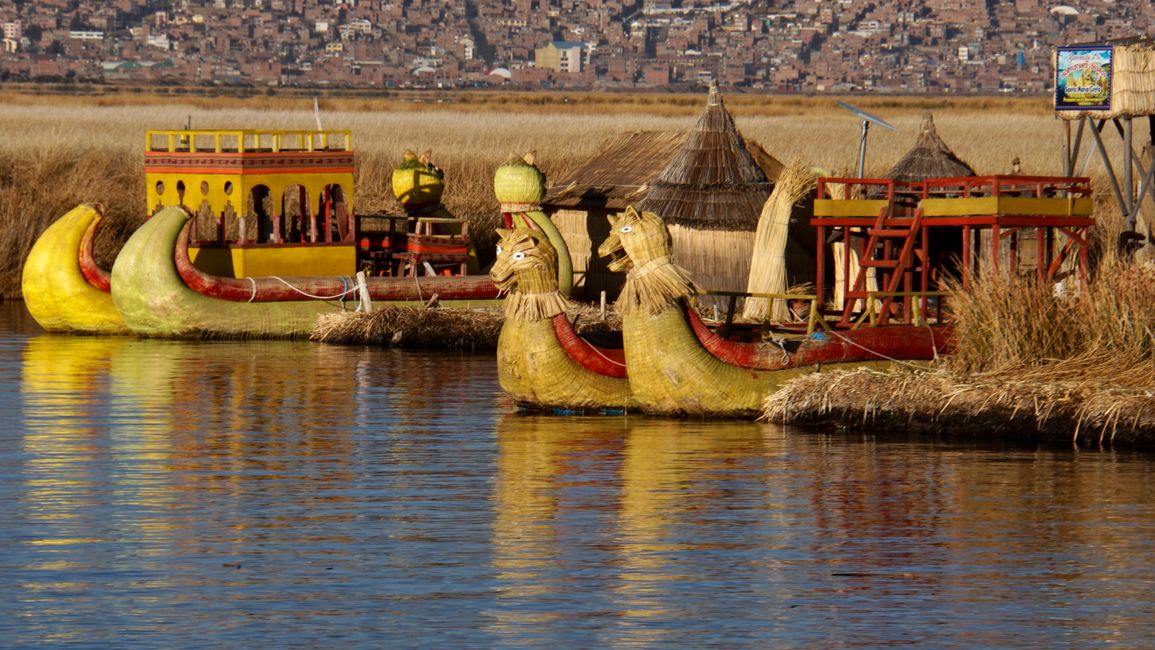
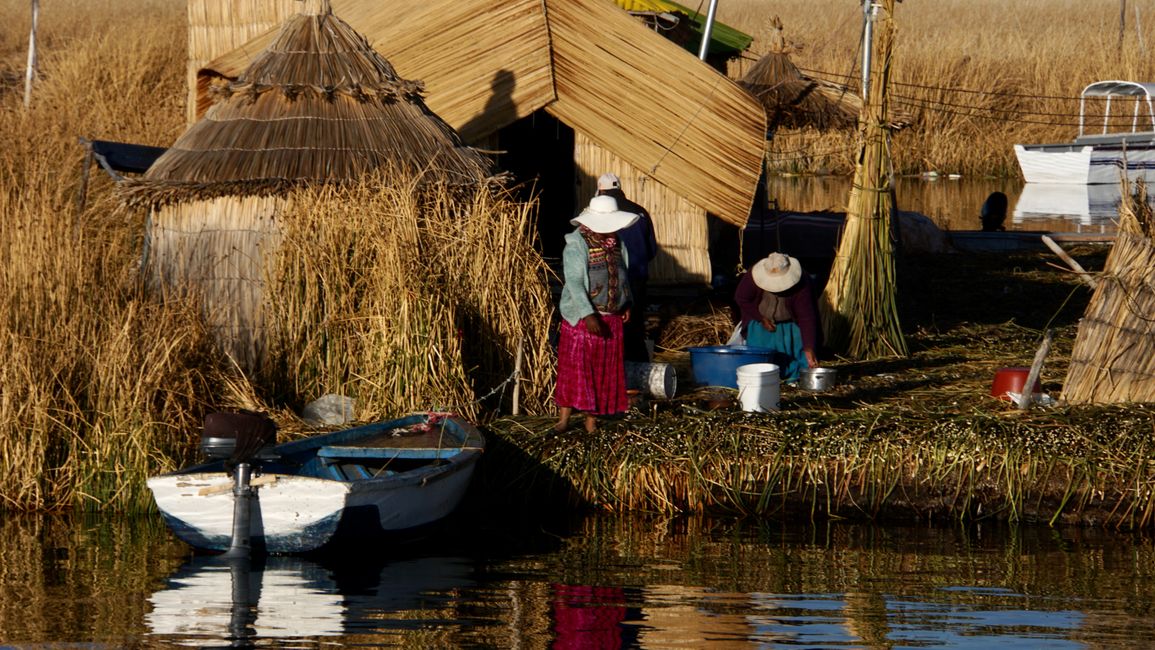
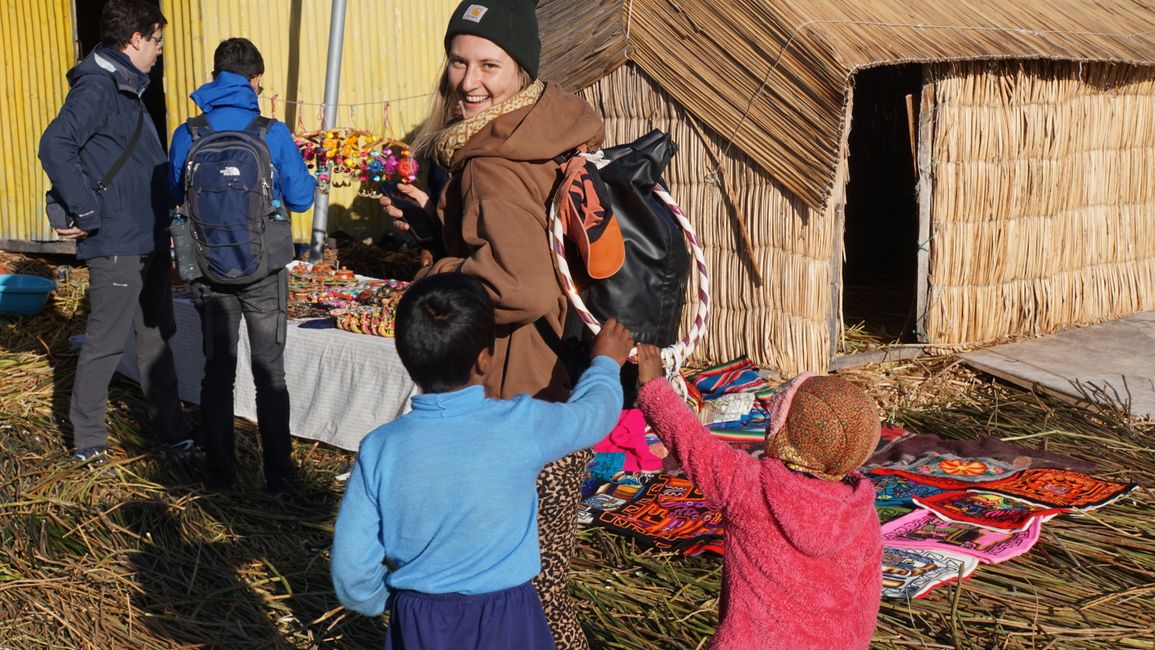
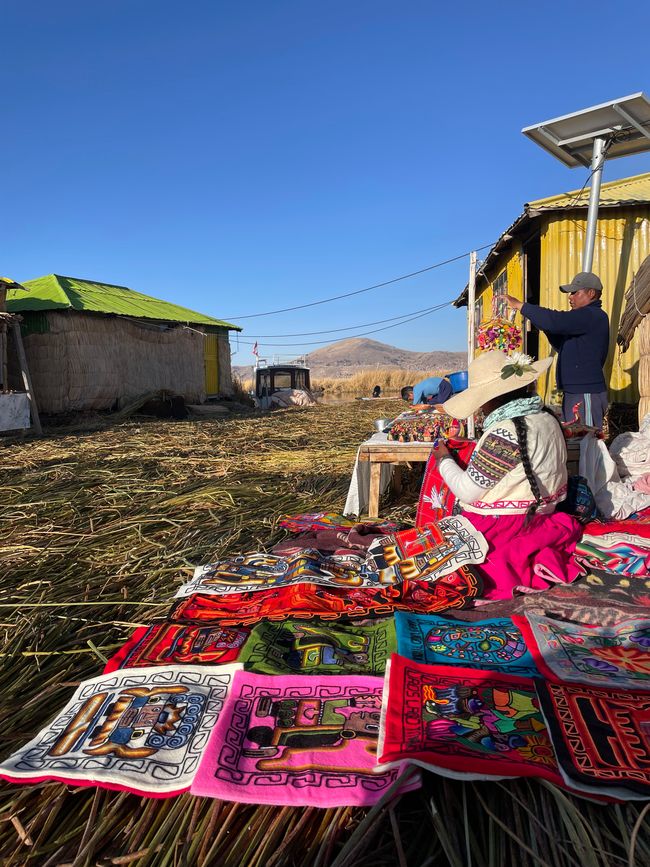

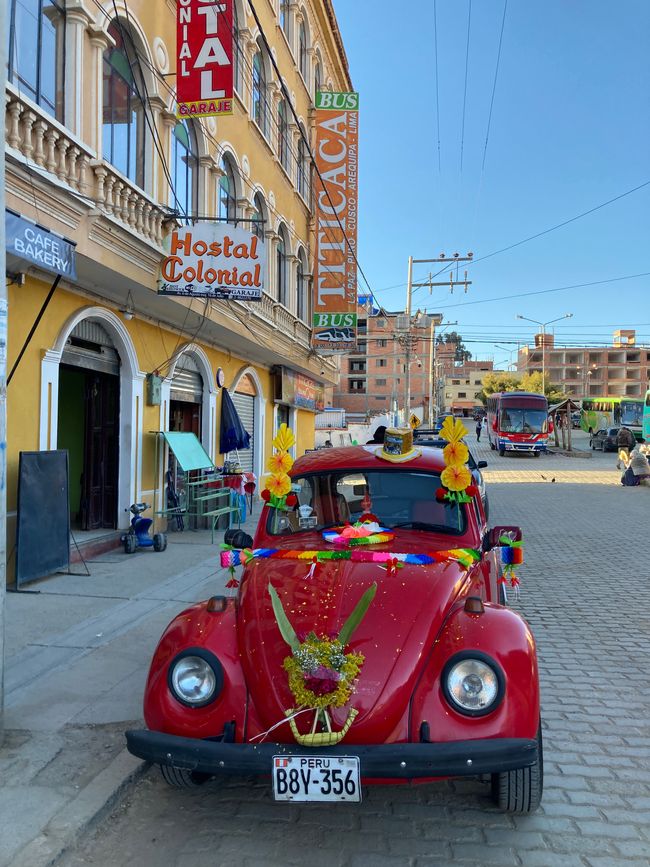
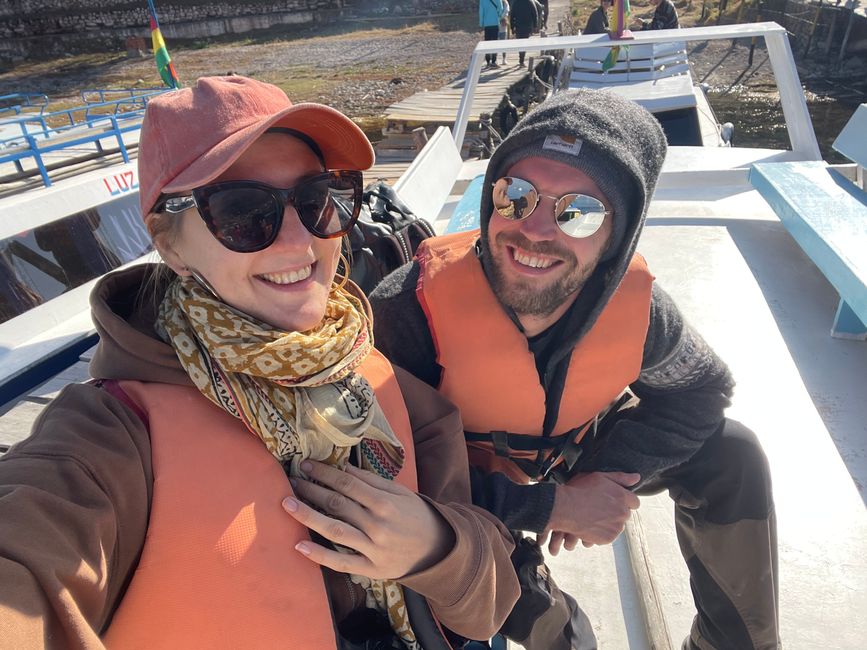
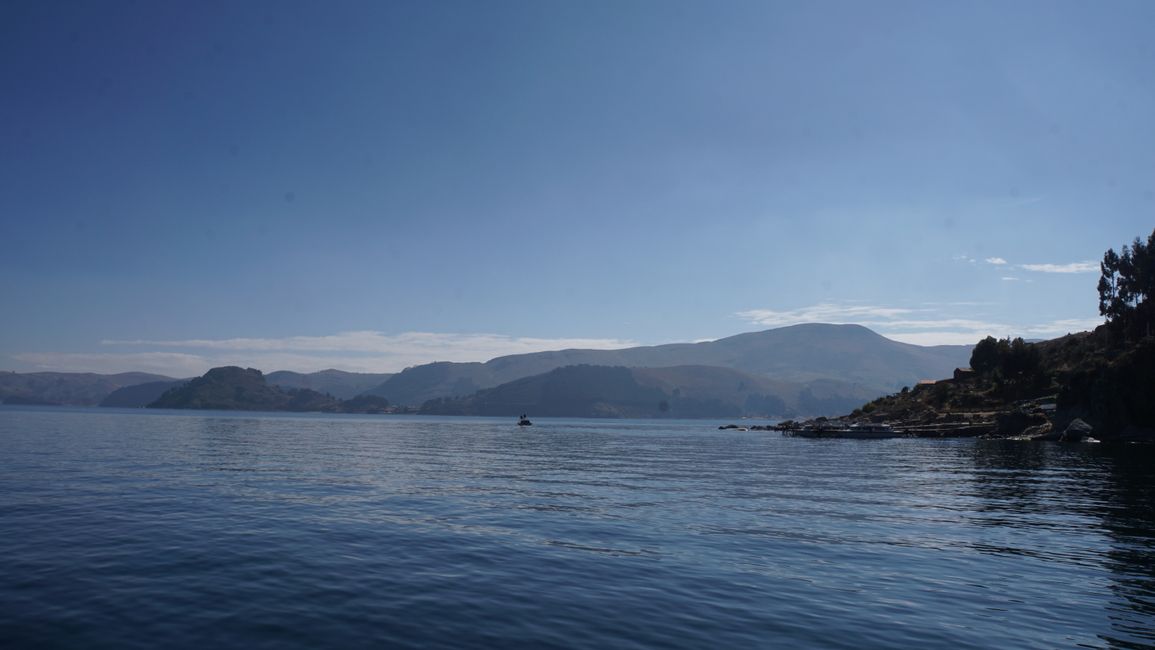
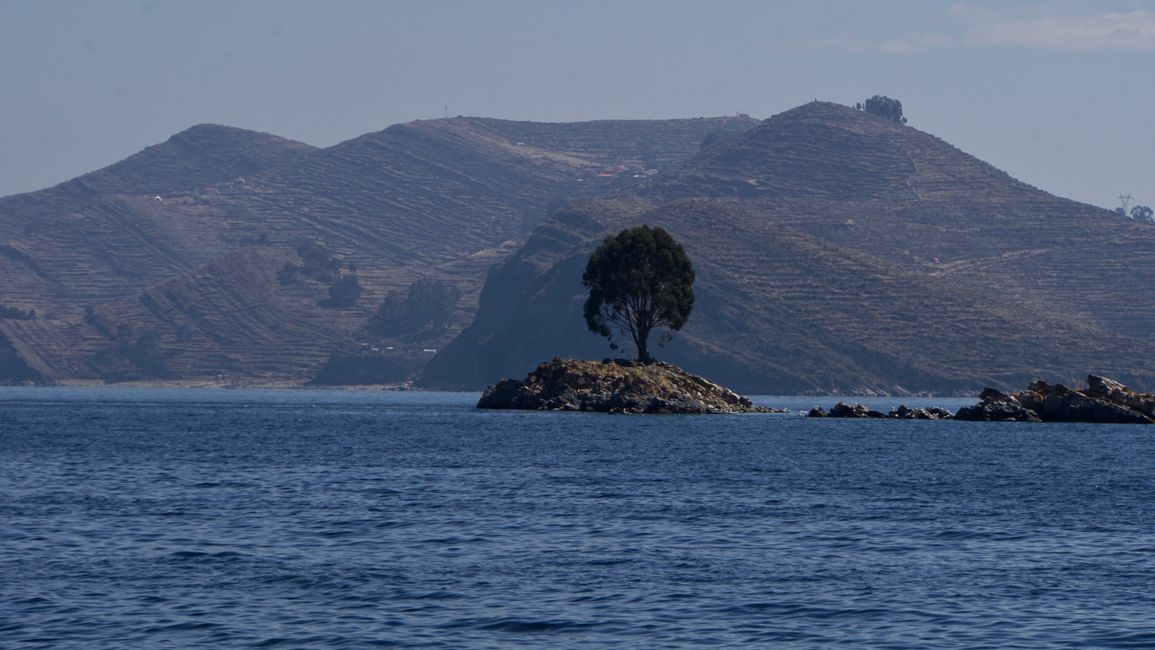
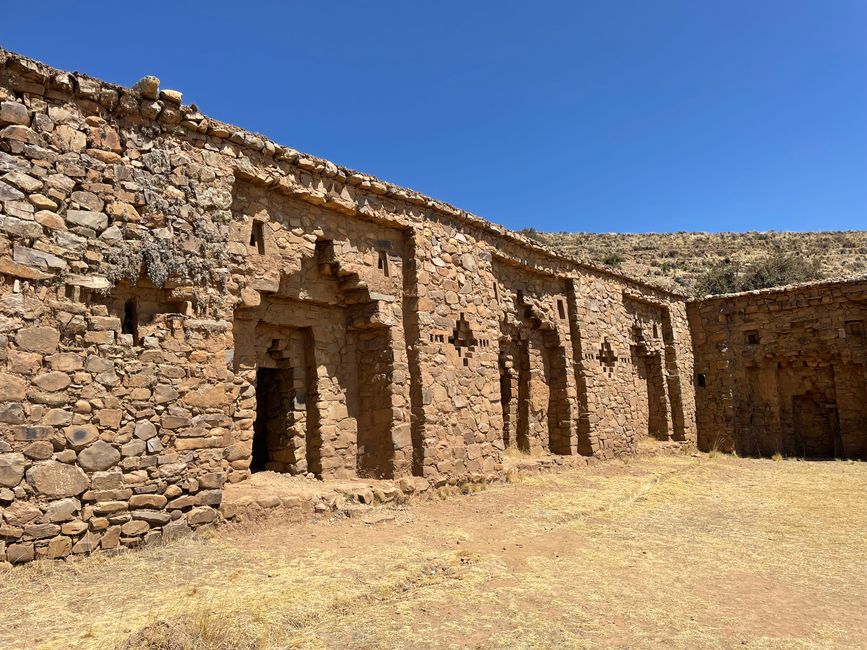
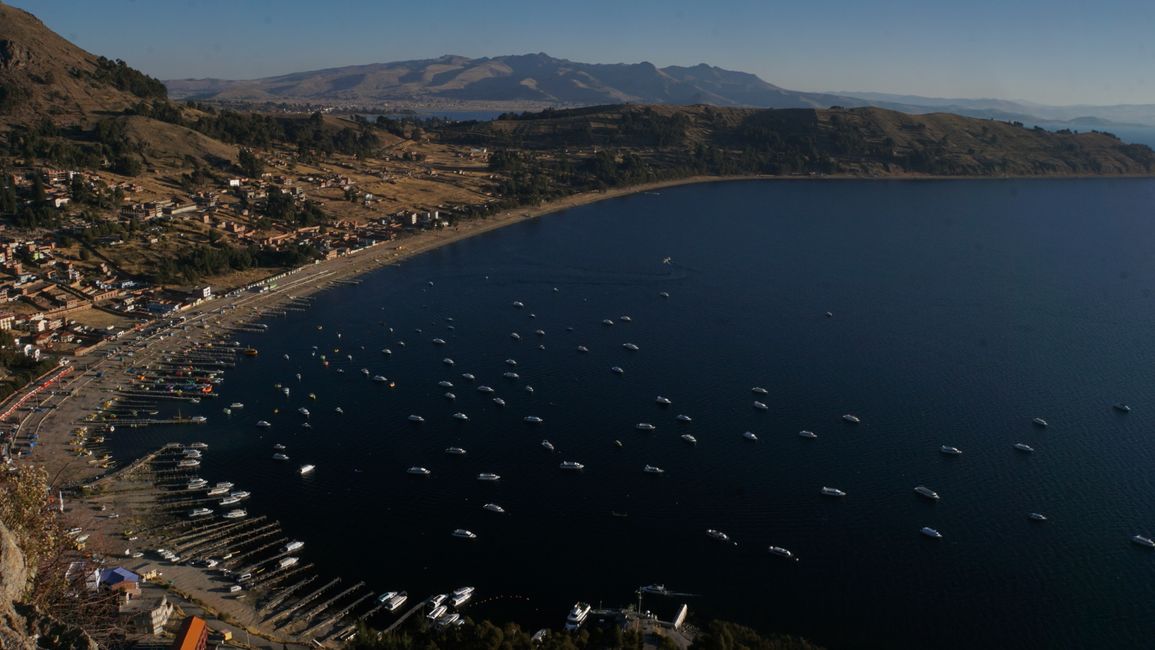
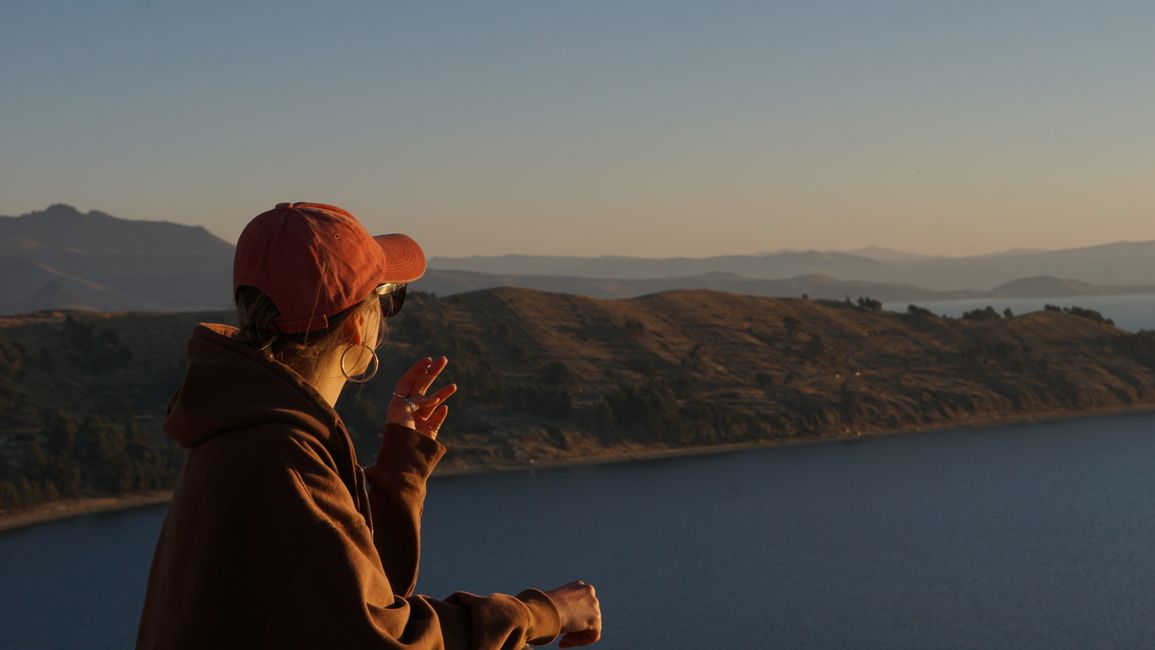
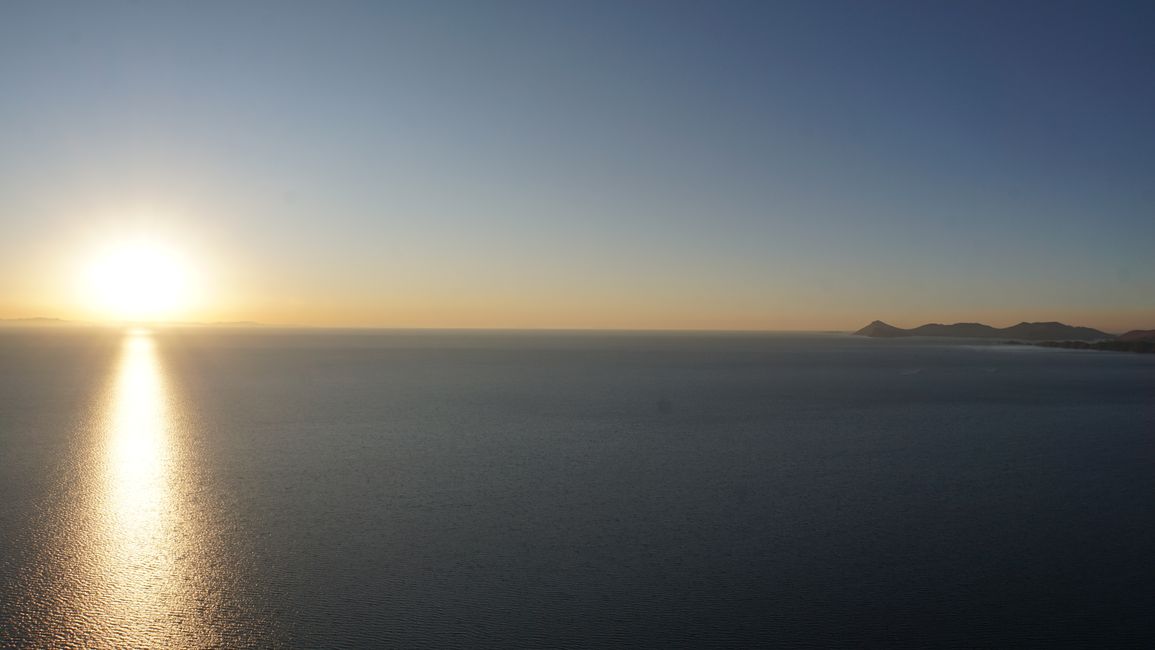
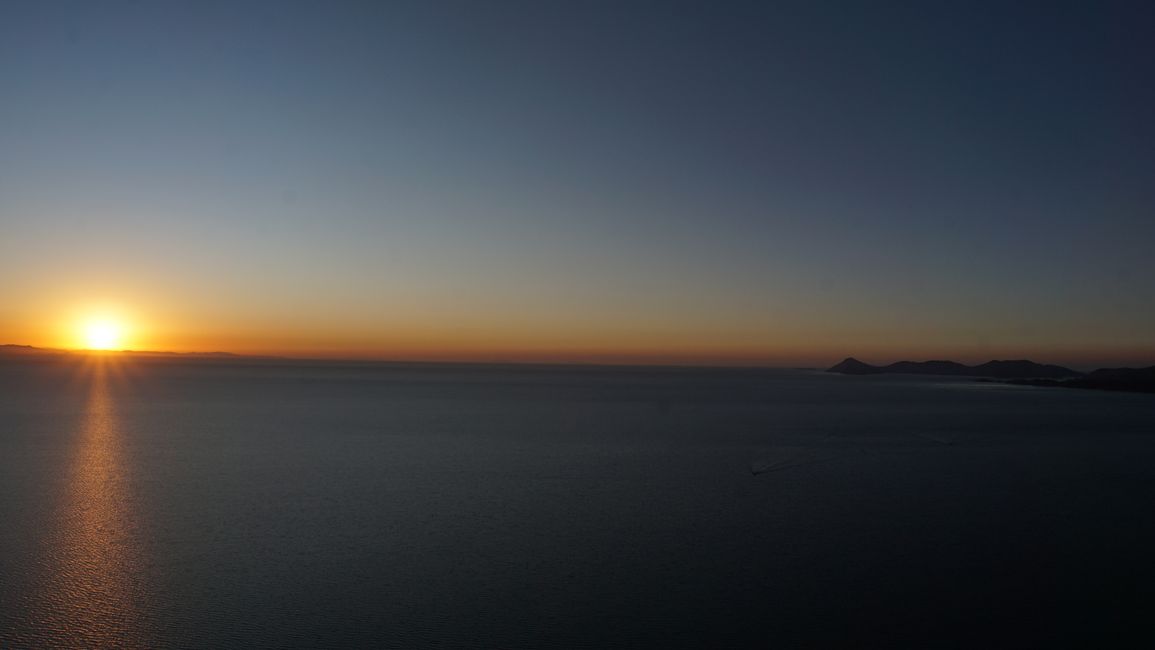
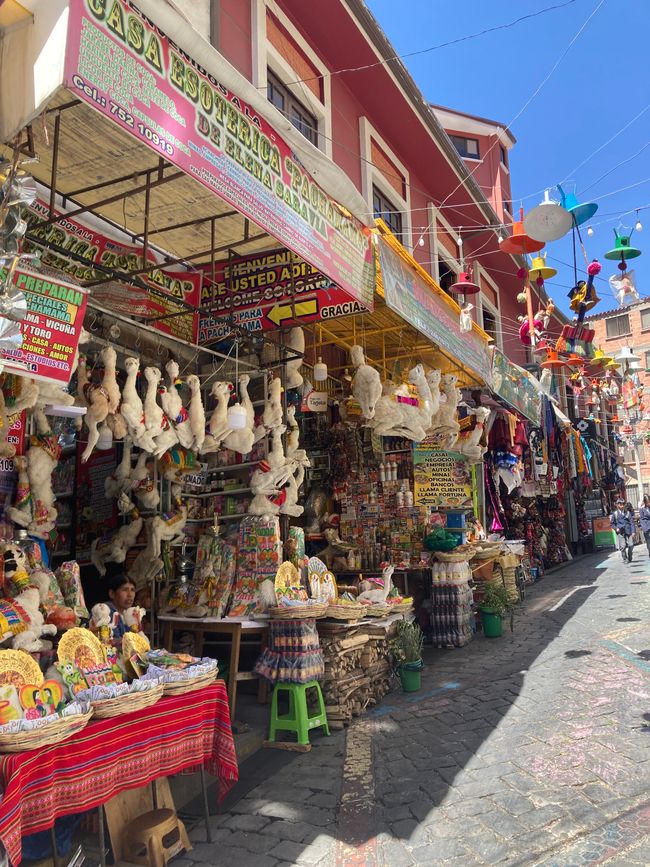

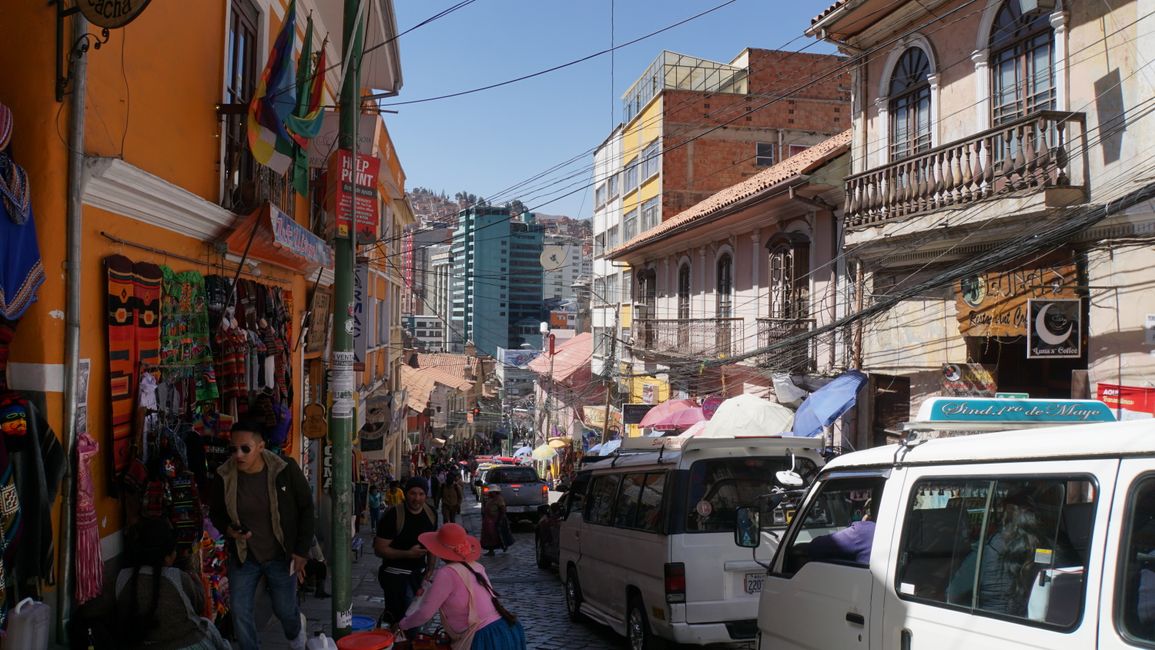
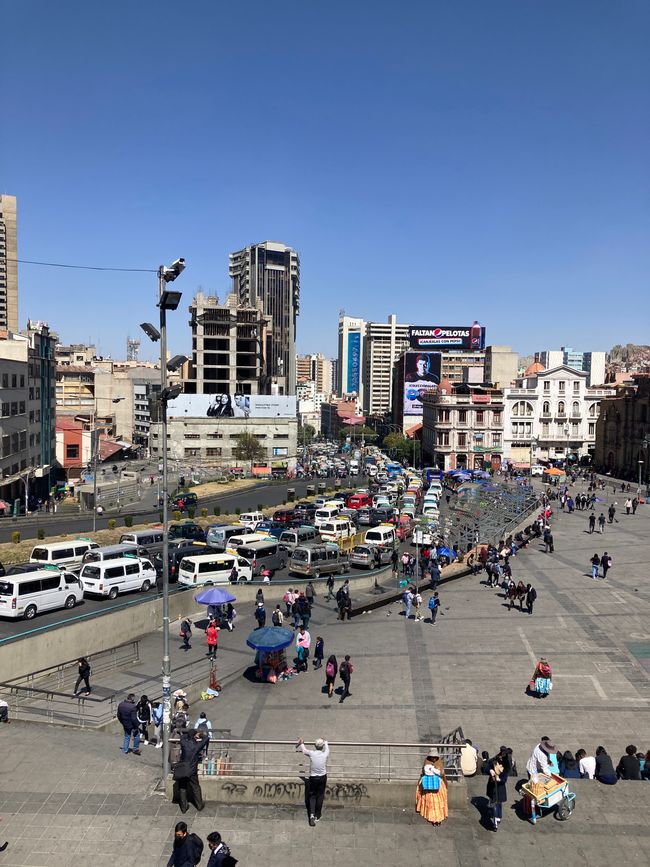

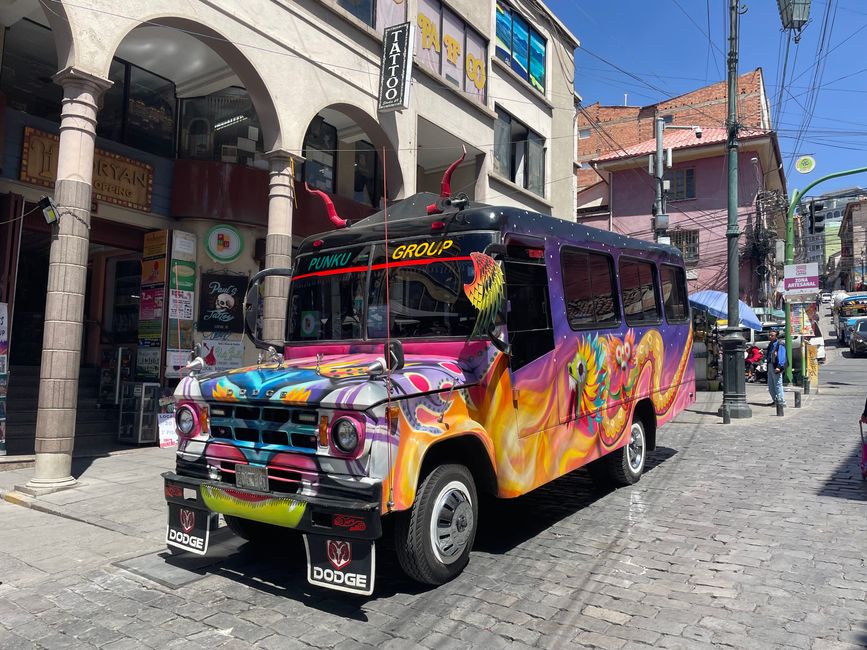
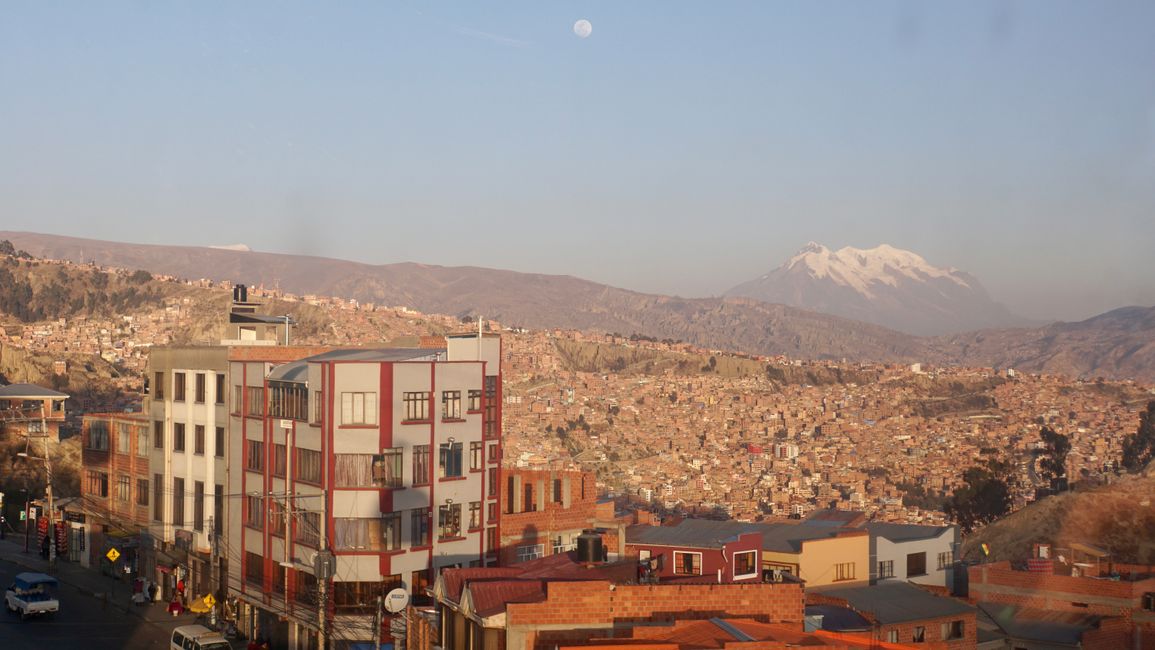
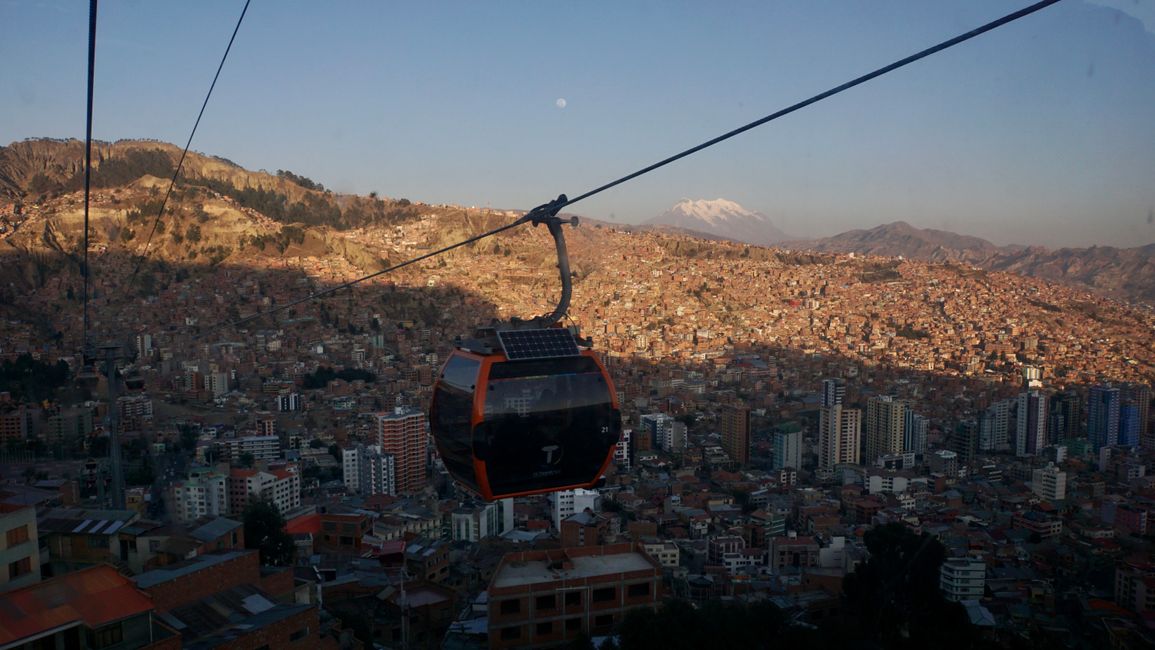
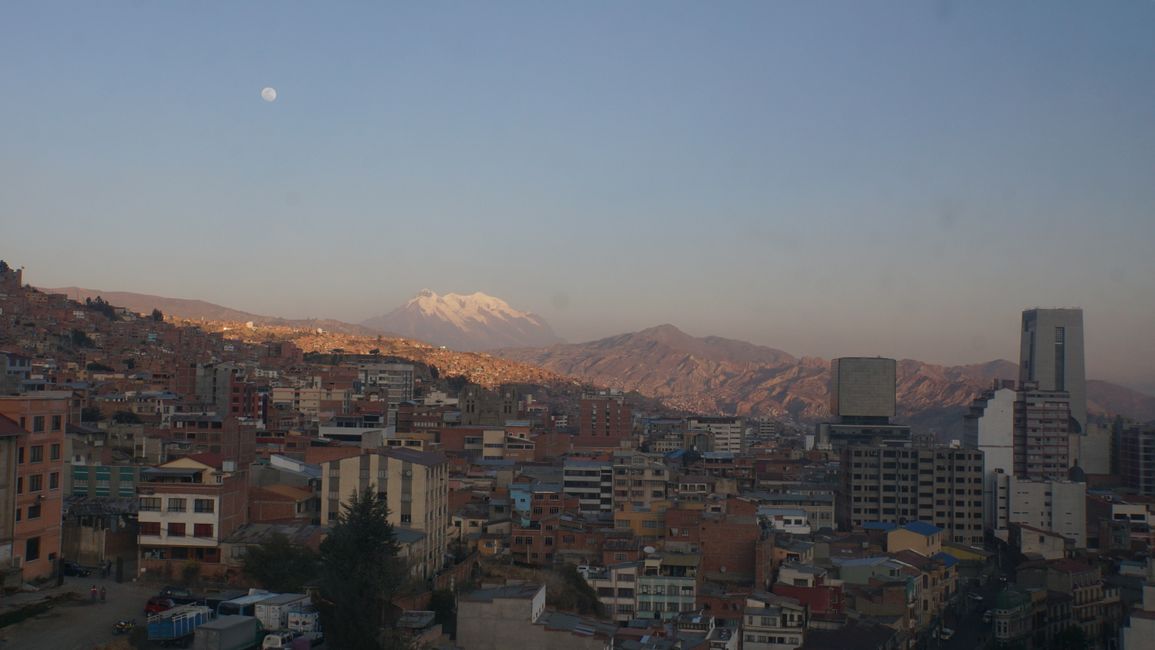
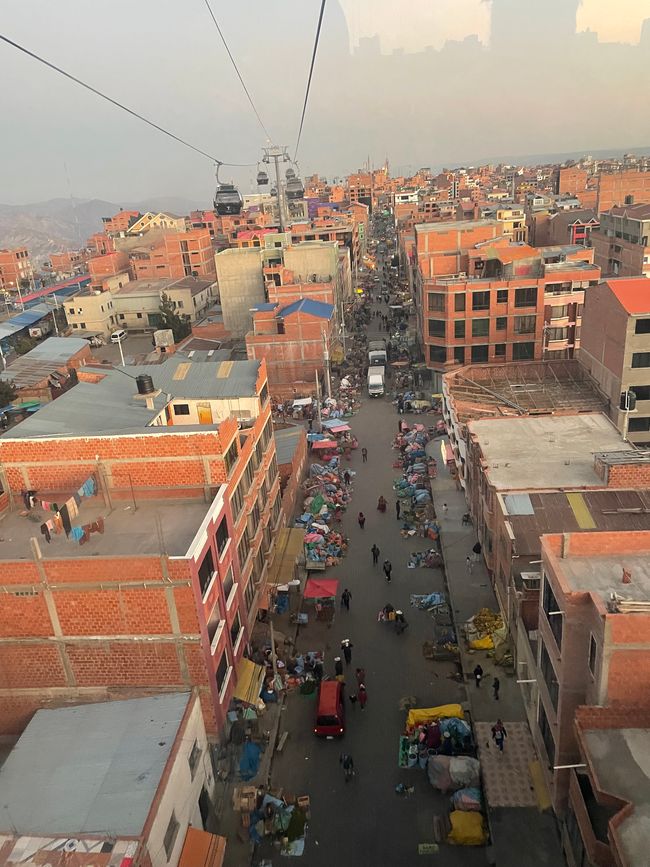
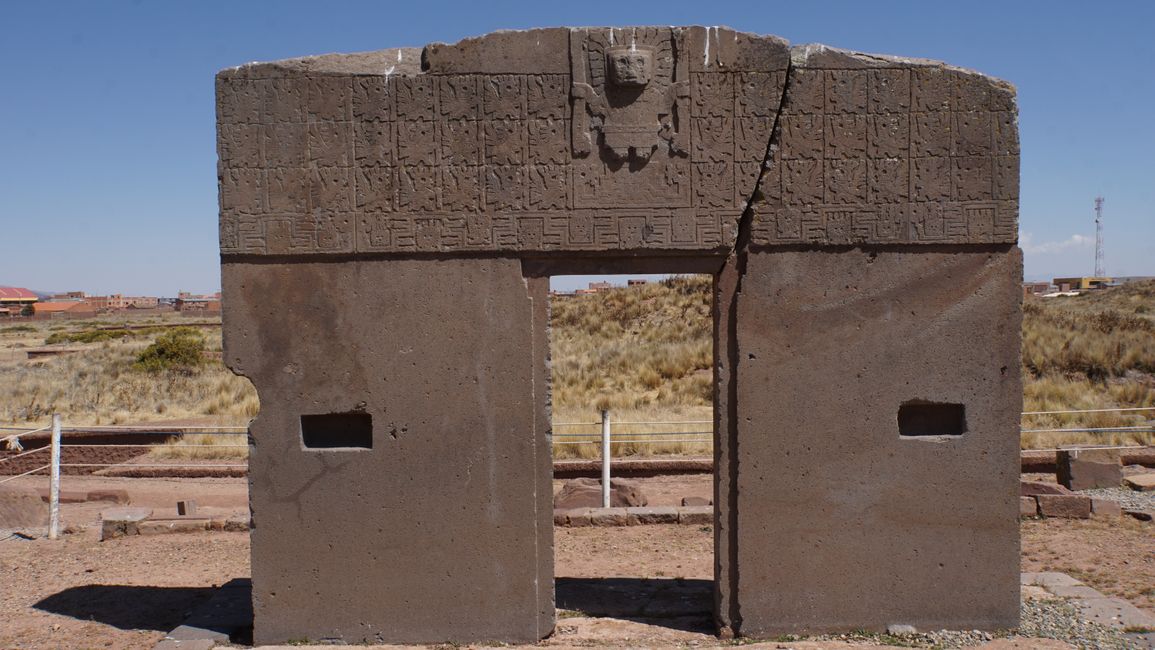
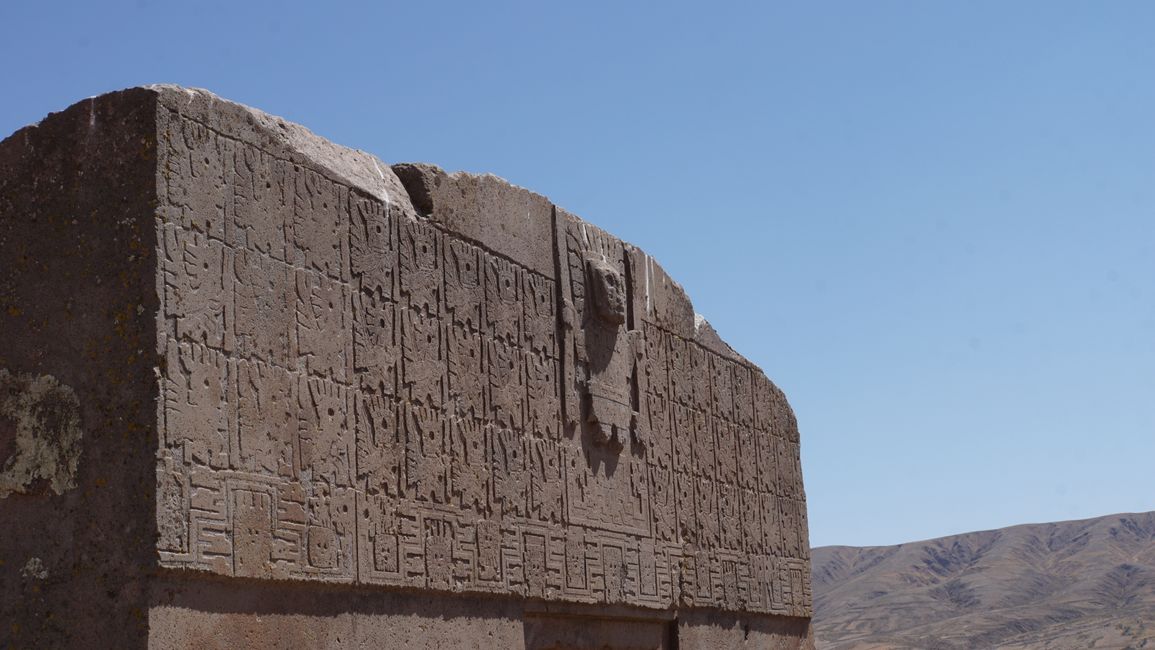
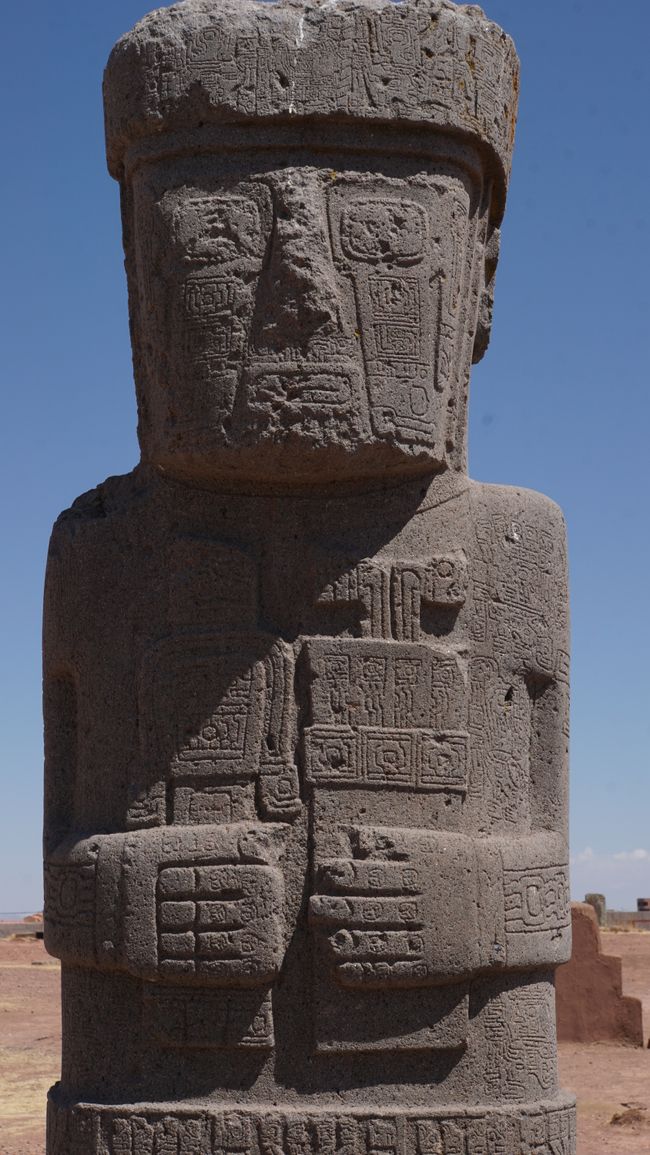
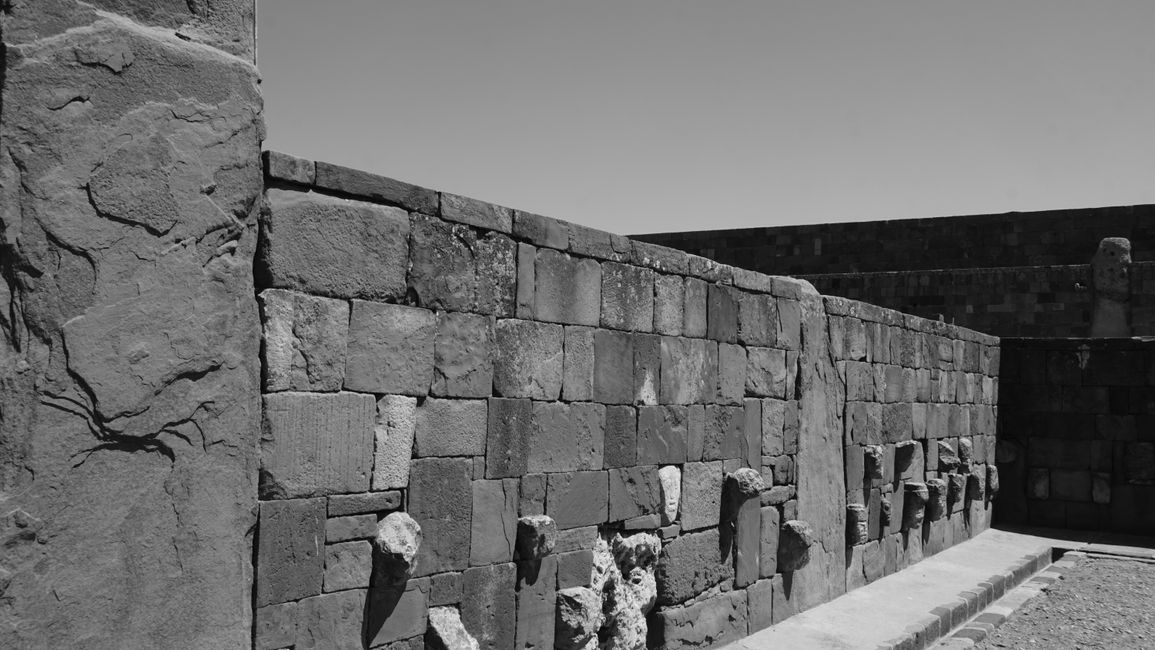
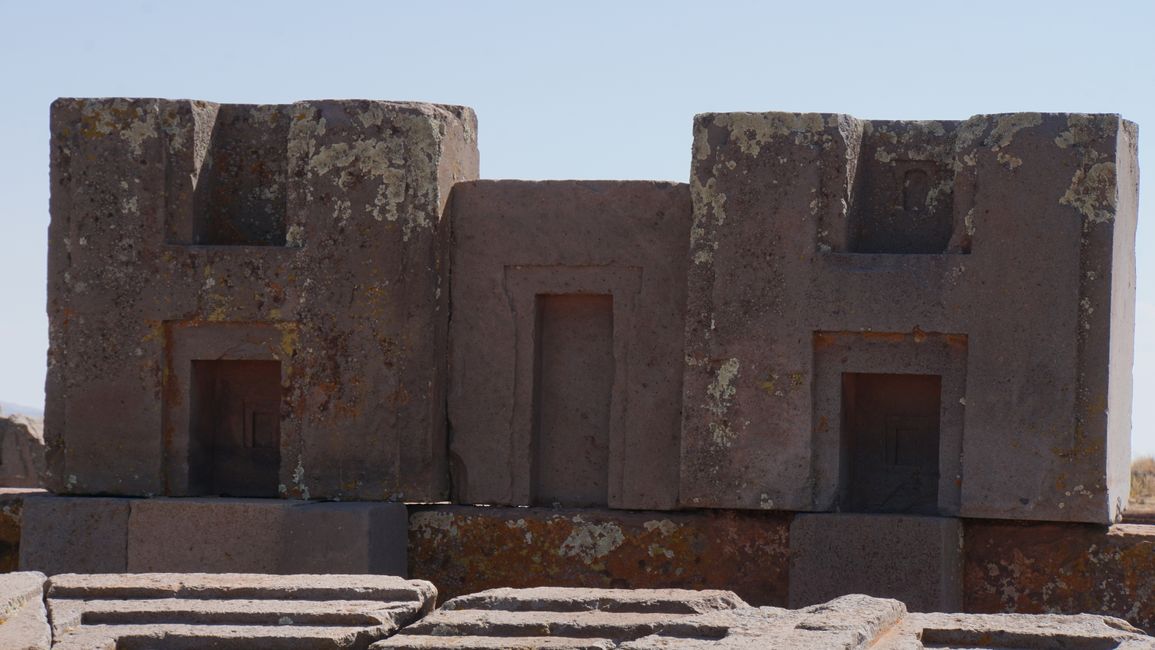
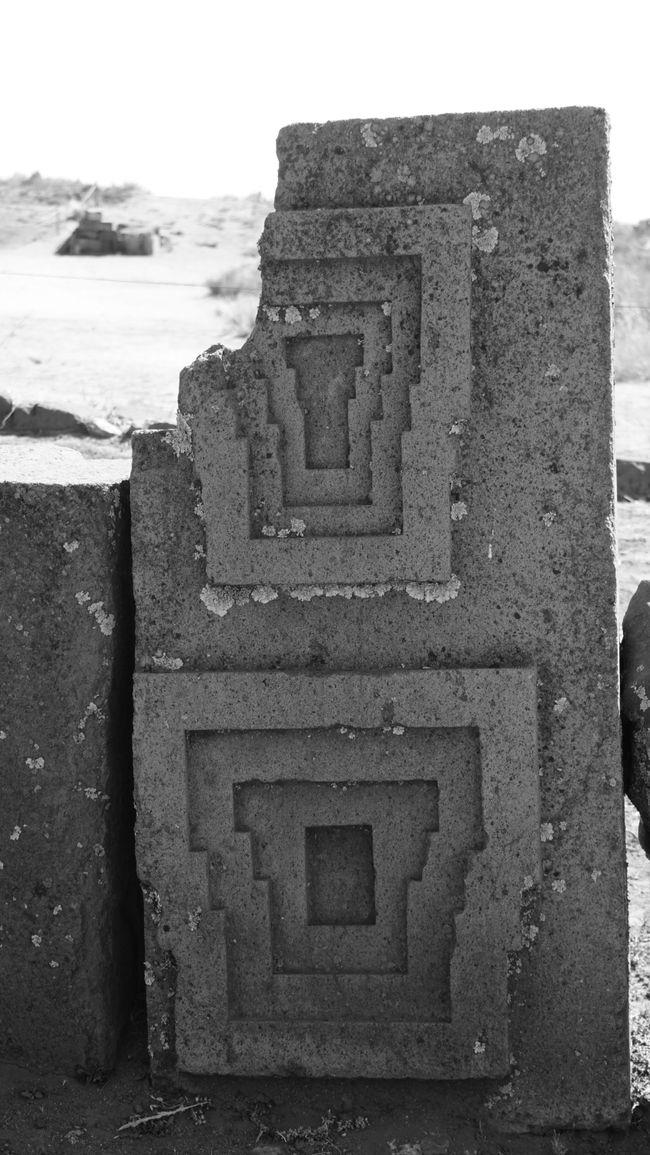
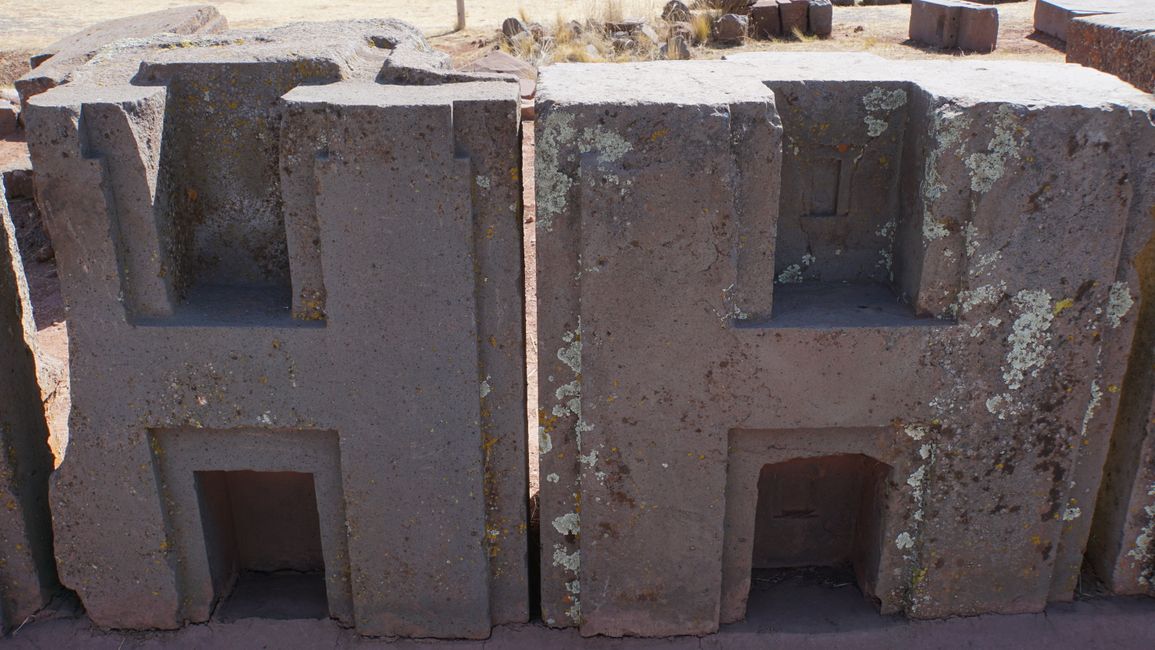
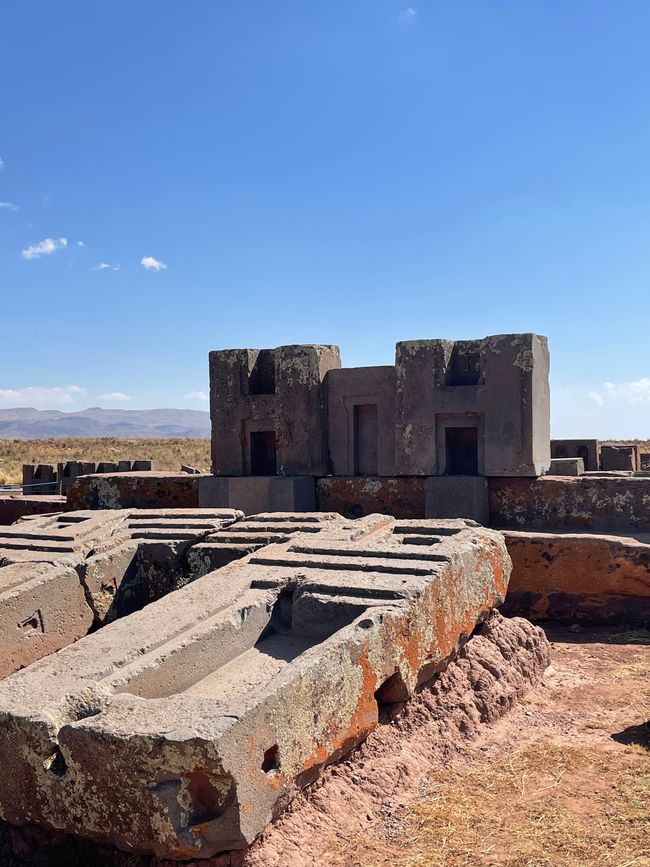
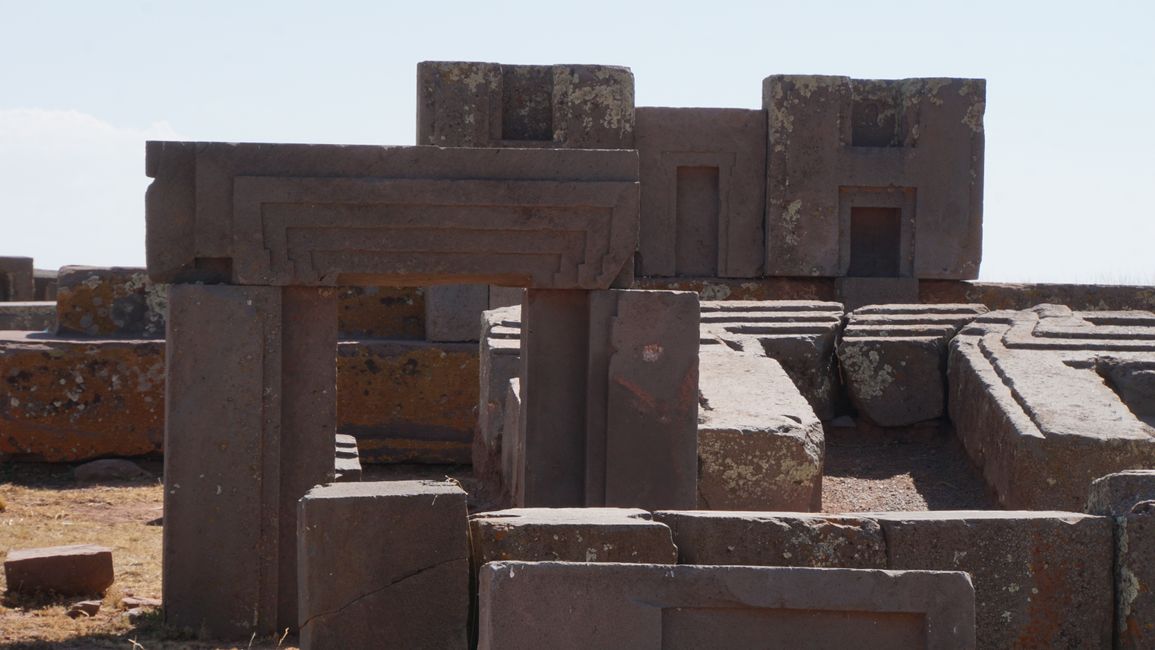
Barruu Oduu Subscribe godhaa
The second chapter of our trip begins with an overnight bus trip from Cusco to Puno on the Peruvian side of Lake Titicaca. At over 3,800m above sea level, it is the highest navigable body of water in the world.
The indigenous Uros people live there on artificially built, floating reed islands in the lake. In total there are around 120 such islands, each with two to four families living on them. We visited one of these islands and were warmly welcomed by the people. They showed us how they lived in these difficult conditions and gave us insight into their culture.
Now we continued across the border into Bolivia to Copacabana, a small, rather touristy village on Lake Titicaca. From there we visited the Isla del Sol, where according to history the Inca culture was born (Inca - Children of the Sun) and also the Isla de la luna. On the boat tour to the islands you had the feeling that you were sailing on an ocean rather than a lake, because you couldn't even see the other shore in the distance.
At the end of the day, we were able to enjoy the spectacular sunset over the lake from a small mountain in Copacabana (almost 4,000m), which looked like a mirror with its smooth surface.
After two days we continued by bus to the city of La Paz, which is also very high up (approx. 3,700m). Like any big city, it was very busy, but we liked it here. Despite the poverty, Bolivians are very friendly and pleasant people.
La Paz was surrounded by massive, snow-capped mountains over 6,000m high, which made for an impressive backdrop. What better way to admire these than an evening ride on the city's typical means of transport, the telefericos (gondolas).
Bolivia is rich in culture and history, so we visited a very special, archaeologically valuable place. Not far from Lake Titicaca is the Tiwanaku and Puma Punku archaeological site. This place is considered one of the oldest sites in South America and still poses many mysteries to science today (there is still debate about its actual age). The Tiwanaku culture built a temple complex there from the hard volcanic rock andesite and sandstone, which was naturally aligned with the cosmos. The stones were crafted with a precision that puts all other cultures on this continent to shame. We were speechless when we saw the perfectly cut and artistically decorated works. They seemed almost machine-made and to this day we have no idea how this ancient culture achieved it. This achievement required a great deal of knowledge in mathematics, geometry and astronomy and tools that were far ahead of his time. In addition to magnetized stones, characters were also found that actually belonged to ancient Egypt and Mesopotamia. A truly amazing place that we finally got to visit after much anticipation.
Barruu Oduu Subscribe godhaa
Deebii

Gabaasa imala Booliiviyaa
